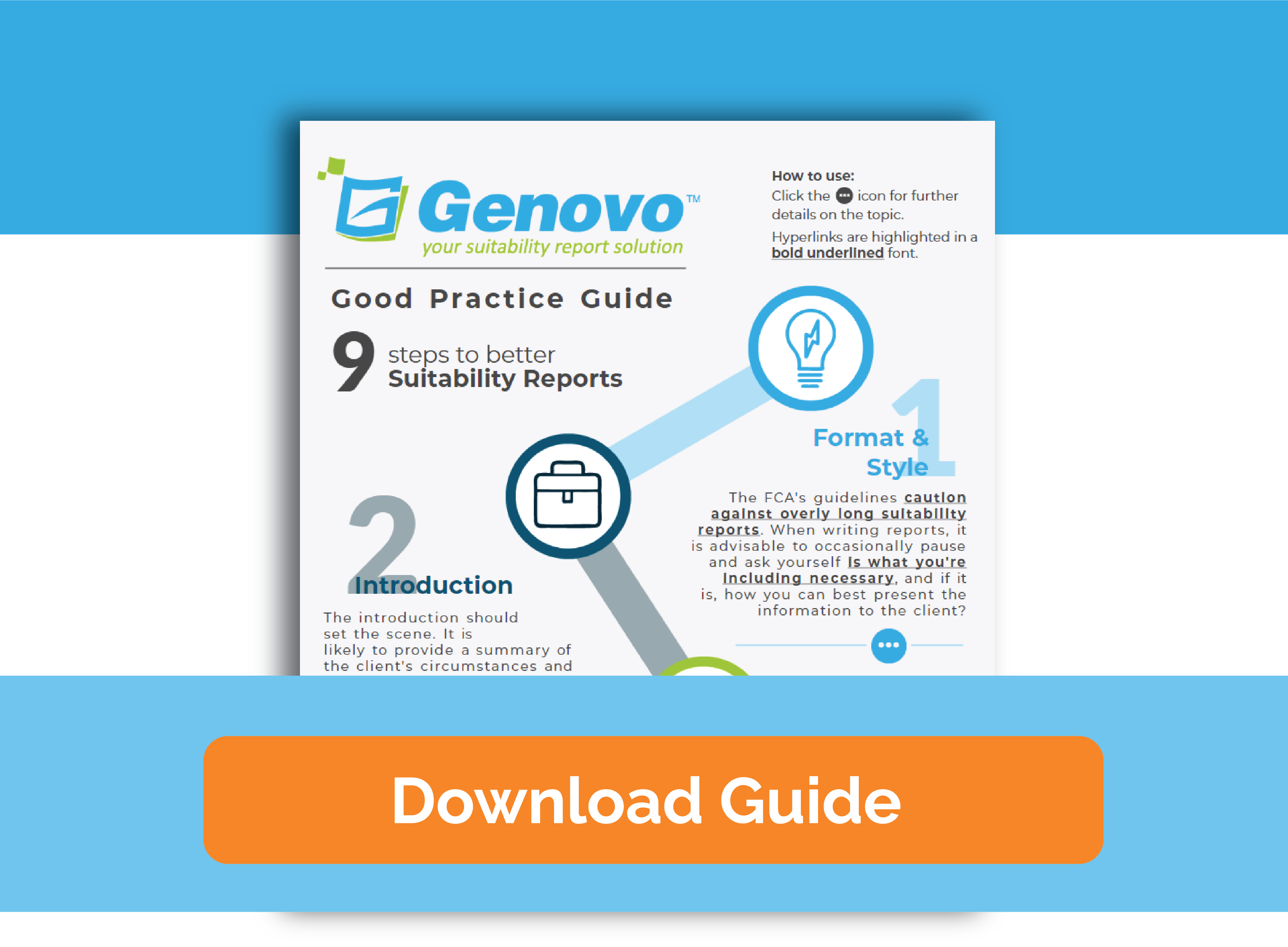
Income Drawdown- Exploring Different Pension Withdrawal Strategies
Mike Malkiewicz
In the first of our guest blogs,
Mike Malkiewicz of Clear Paraplanning explores the different strategies that he is currently aware of for
managing income drawdown in the hope that it might spark some reaction and “out of the box” thinking! So over to Mike….
With so much focus on the new
pension freedoms and the increasing popularity of income drawdown, I thought it might prove useful to list the strategies for managing drawdown that I am currently aware of. I am sure there are many more out there and I am putting this forward in the hope of learning a thing or two.
So, in no particular order, we have:-
1) Safe Withdrawal Rate (SWR)
Developed around 20 years ago by
Bill Bengen, a US based financial planner.
More than 100 years of market data places the
SWR for the UK at 3.7%. This is a back-tested model which proposes that withdrawals starting at a maximum of 3.7% of capital and increasing in line with inflation each year are the maximum that can be safely withdrawn over a 30 year period without running out of capital. This model is based on investment in a 60/40 portfolio.
2) Modified Safe Withdrawal Rate
This strategy can be modified to prohibit inflation increases following any year in which the portfolio loses value.
Advantages
1. Relatively easy to administer
2. Can produce a more predictable income stream than other strategies.
Disadvantages
1. Inflation adjusted income is likely to decline over time
2. There is a greater chance of the portfolio outliving the retiree, than with other dynamic strategies.
It is worth bearing in mind that investment returns in the first decade of retirement are critical to the withdrawal rate being sustainable over the 30 year period.
I, for one, do not trust back-testing which is what this strategy hangs its hat on – when has history ever truly repeated itself?
3) Guyton and Klinger Guardrail Strategy
This strategy is designed to
permit a higher initial withdrawal rate. The initial withdrawal rate can be 5.5% of the initial portfolio (based on 65% equity allocation), without running out of money over a 40 year retirement period. Although the retiree might have to freeze spending a few times over this period.
1. Increase withdrawal in line with inflation in the previous years, unless the previous year’s total return was negative.
2. Extract gains from an asset class that has performed best in the previous year to provide required income and move excess gains to a cash account to fund future withdrawals
3. If the current withdrawal rate rises above 20% of the starting rate (to 6.6%), then the next year’s withdrawal is reduced by 10%.
4. Withdrawal in the current year can be increased by 10% if the current withdrawal rate has fallen by more than 20% below the starting rate (to 4.4%).
Advantages
1. Allows for higher withdrawal rate at the start of retirement when retirees are more active.
2. Can assist managing the risks associated with an extended bear market.
Disadvantages
1. In a prolonged bear market, the retiree might face consecutive 10% annual cuts.
This
calls for a high level of discipline on the part of the client and a
strong relationship with their adviser.
4) Floor and Ceiling Strategy
An annual “core” withdrawal level of 5% is agreed as a level that is unlikely to vary too much. A “ceiling” withdrawal level is set each year at the previous year’s withdrawal + 5% and a “floor” level at previous year’s withdrawal – 2.5%.
If a 5% withdrawal exceeds the ceiling, the investor limits his withdrawal to the ceiling amount; if a 5% withdrawal falls below the floor level, then the floor amount is the maximum to be withdrawn that year.
Advantages
1. Although changes in income may be frequent, they should be relatively small.
Disadvantages
1. Requires a more detailed review process.
2. Inflation-adjusted spending may decline over time.
This
needs a disciplined client who appreciates the beauty of numbers and the adviser’s input.
5) Guaranteed Drawdown Products
There is a growing number of such products which are aimed at taking the risk of running out of money too soon.
Withdrawals from these products are not indexed to inflation. Guaranteed income is capped in accordance with the age of the retiree and ranges from around 3% at age 55 to 5.25% at age 75 +. Annual charges can range from around 1.85% to 1.55% once product, fund and guarantee charges are added together. Cost of ongoing reviews and advice would also need to be added.
Most of these products invest in index tracking funds and use an asset allocation which does not exceed 60% equity content.
The higher charges for these products make it likely that the standard SWR strategy will be more successful in leaving assets to be passed on; particularly so when low cost passive funds are used to populate the portfolio and indexation is forgone during leaner years.
I have never fully understood what the level of counterparty risk is for these guarantees.
6) Professionally managed portfolios
The classic income producing portfolio invested in a
mix of equity income and fixed interest funds can produce a natural income of around 3.5 – 4% per year as well as having potential for capital growth. Structured products and split capital investment trusts may help reduce return sequence risk (more below) however both require specialist knowledge and experience to manage successfully. Whatever the assets employed, expert portfolio management is essential as the traditional investment landscape is currently undergoing a sea-change with fixed interest looking much riskier than ever before.
Many managers now employ hedging strategies in order to protect capital and smooth returns from portfolios which are designed to provide income in retirement. However I currently regard investing in many of these newer strategies as an act of faith as many have yet to be tested in a sufficient variety of market conditions (remember, I don’t trust back-testing).
Conclusion
I think that the
holy grail of any successful strategy must be to address investment return sequence risk or “pound cost ravaging” as it is currently called. The
sequence of returns on a portfolio with regular withdrawals is as important as the average return over a period of time.
Cazalet Consulting’s “When I’m Sixty-Four” published in September 2014 provides a comparison of the effects of the sequence of returns on a £100,000 investment with annual withdrawal of £7,000 and a compound annual growth rate of 7%. The comparison shows that the sequence of returns alone can account for a variance of as much as 28% in the remaining fund value over 10 years.
The sensitivity to sequence of returns underlines the need to
move away from the more simplistic methodologies and to use money-weighted evaluation techniques and stochastic modelling when generating drawdown projections. In my opinion, this also points to the
necessity of looking beyond the traditional ways of calculating critical yield when evaluating pension transfers with drawdown as an objective. Answers on a postcard please…………
The retiree’s level of acceptable risk, capacity for loss and willingness to trade-off income sustainability against required bequest value also come in to play. Looking at these factors (which will change over time) in conjunction with the retiree’s own circumstances such as health and lifestyle (which will also change),
the need for professional advice and regular ongoing reviews is obvious.
To learn more about the services that Mike can provide check out the
Clear Paraplanning website.
If you’d like to feature as a guest blogger on the Genovo website please
get in touch
If you’ve got anything to add to the points that Mike’s raised above or you’re aware of any other income drawdown strategies
please leave a comment below.
Image courtesy of bplanet / FreeDigitalPhotos.net
Written by Mike Malkiewicz

Mike owns and runs Clear Paraplanning Limited which offers outsourced report writing and other services to IFA’s. A former IFA and early adopter of cash flow forecasting as a tool for private client financial planning, Mike has also served as an IFA investment committee member and office manager. Clear Paraplanning strives to provide an excellent service to its customers by keeping its client base small and manageable.
Share this post
< Back to latest news


